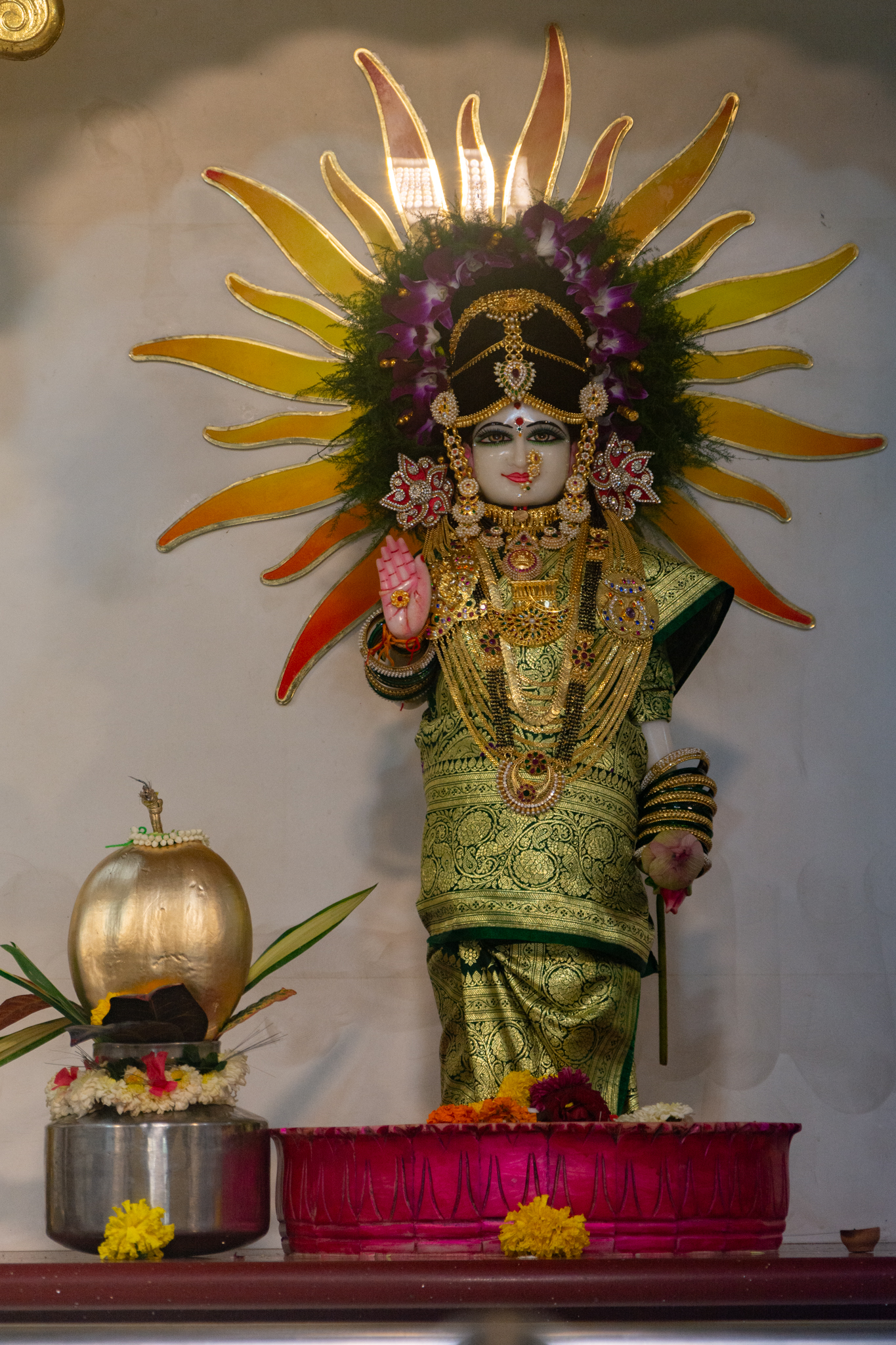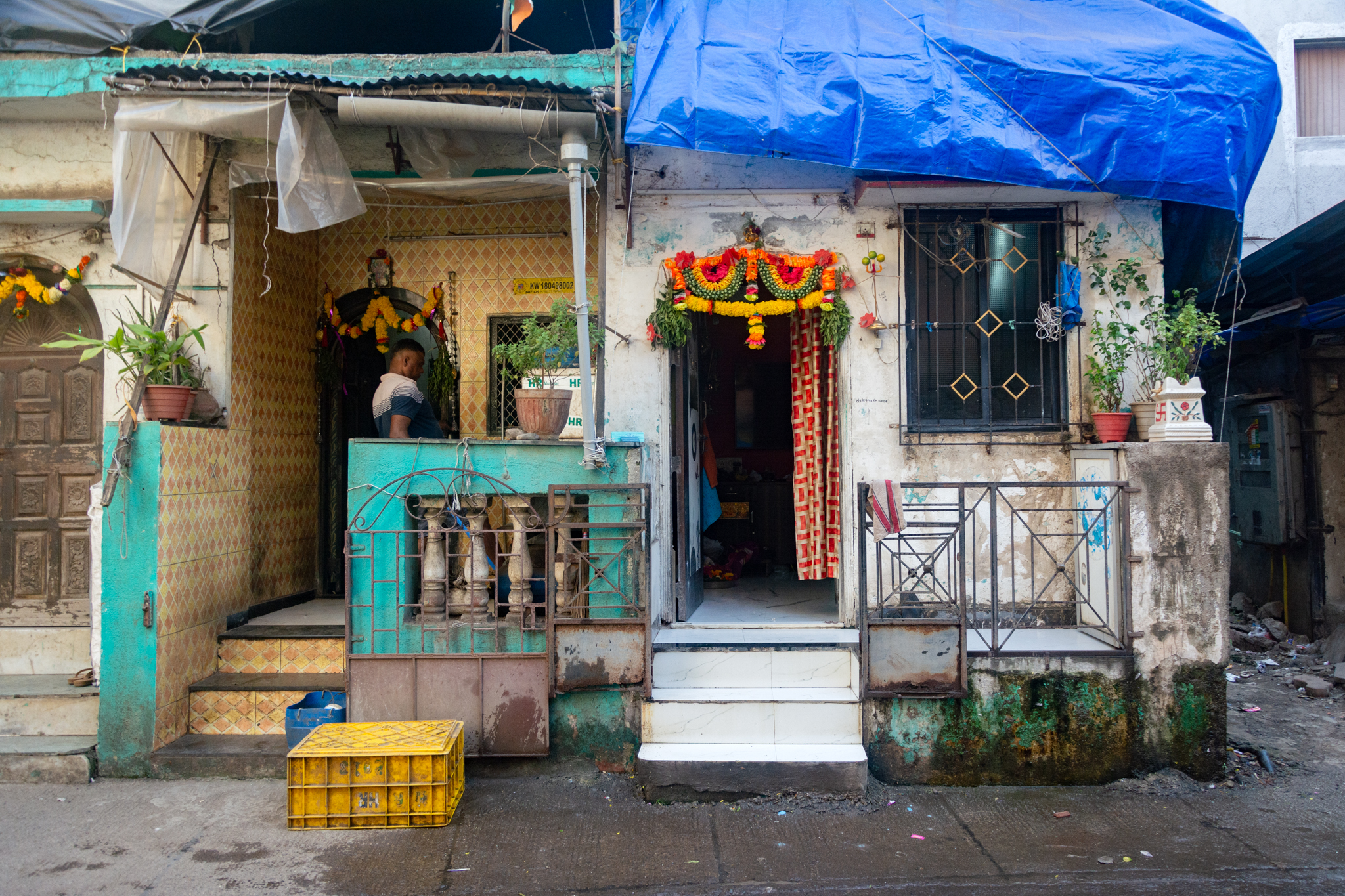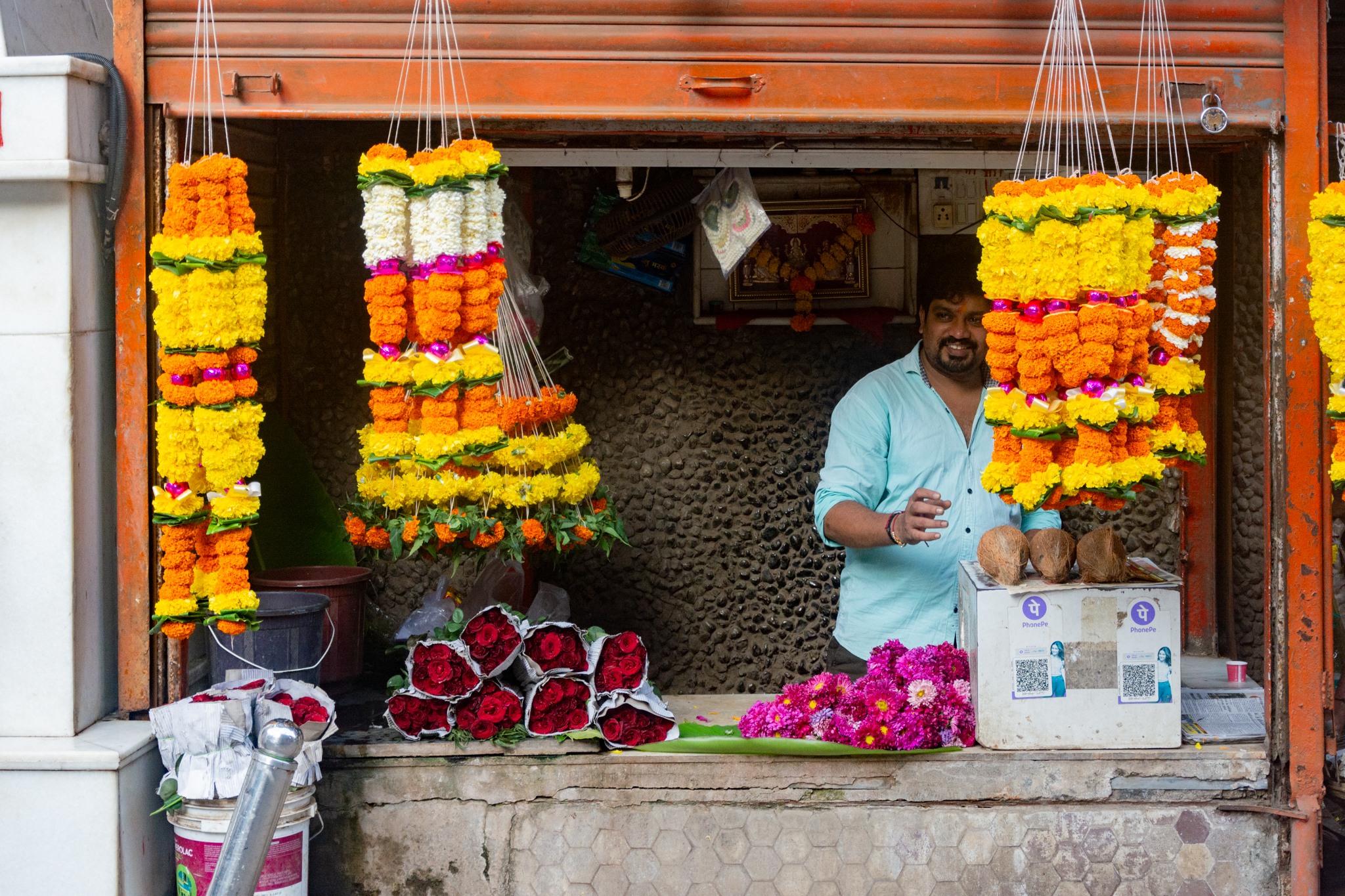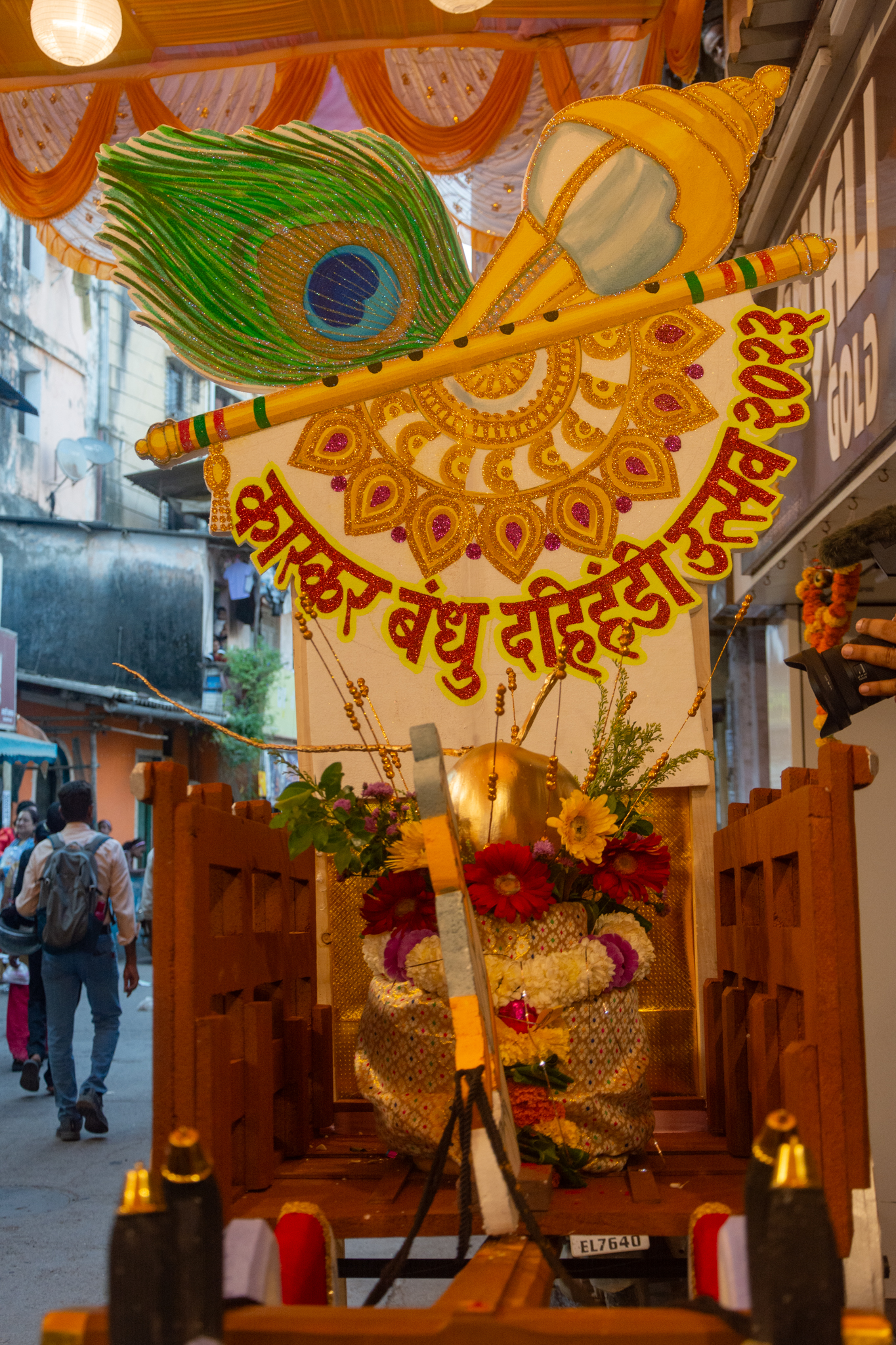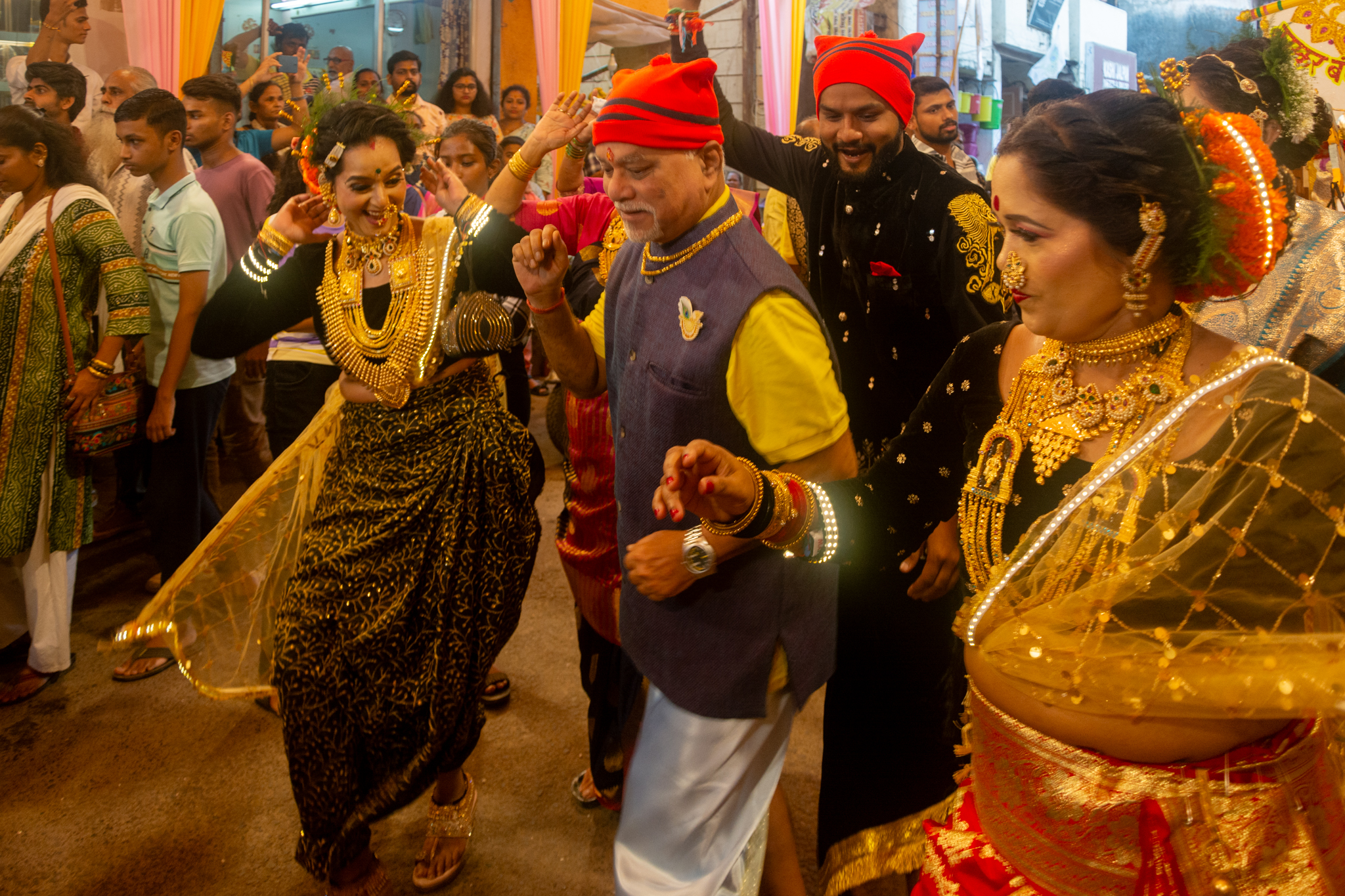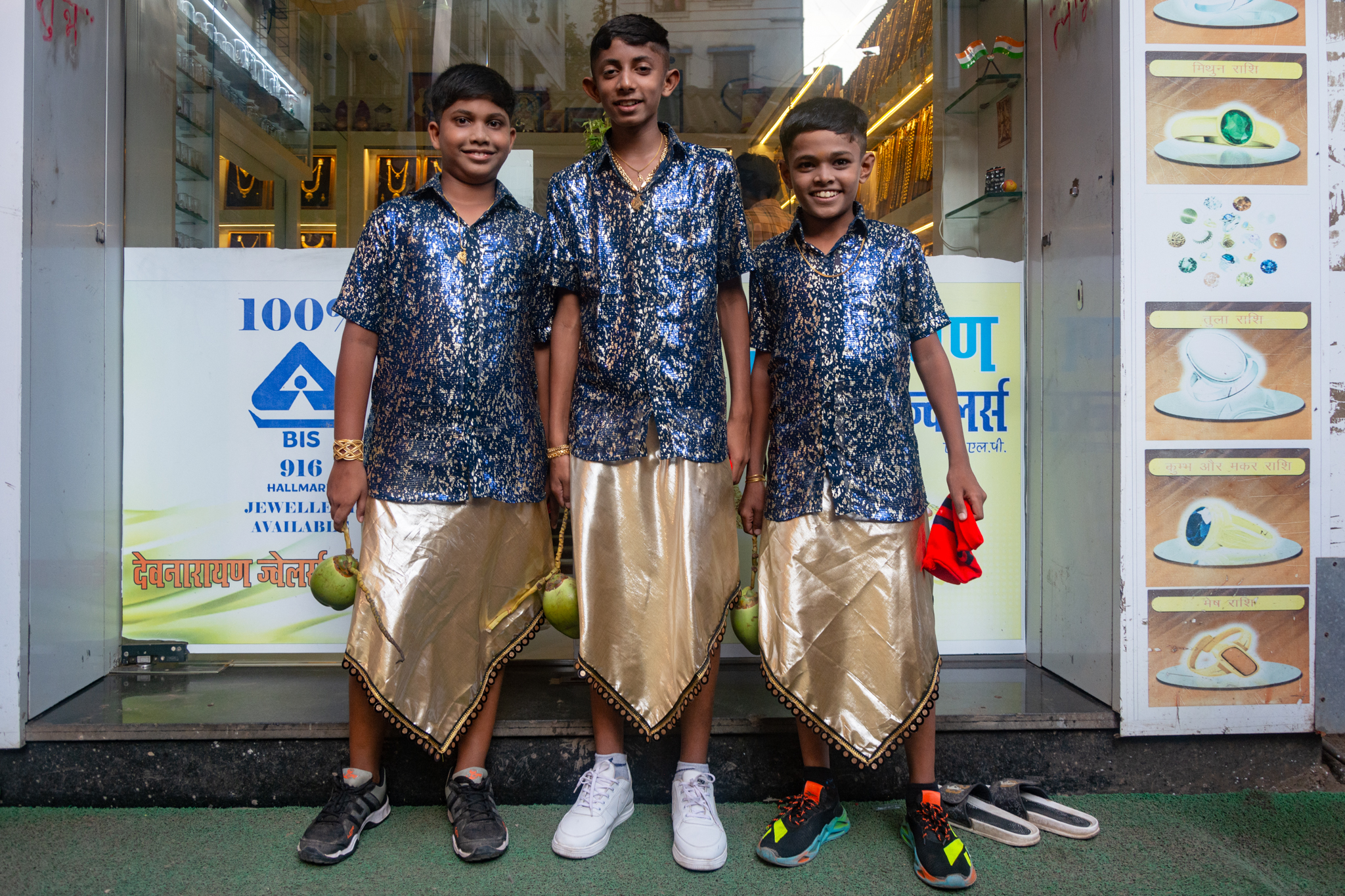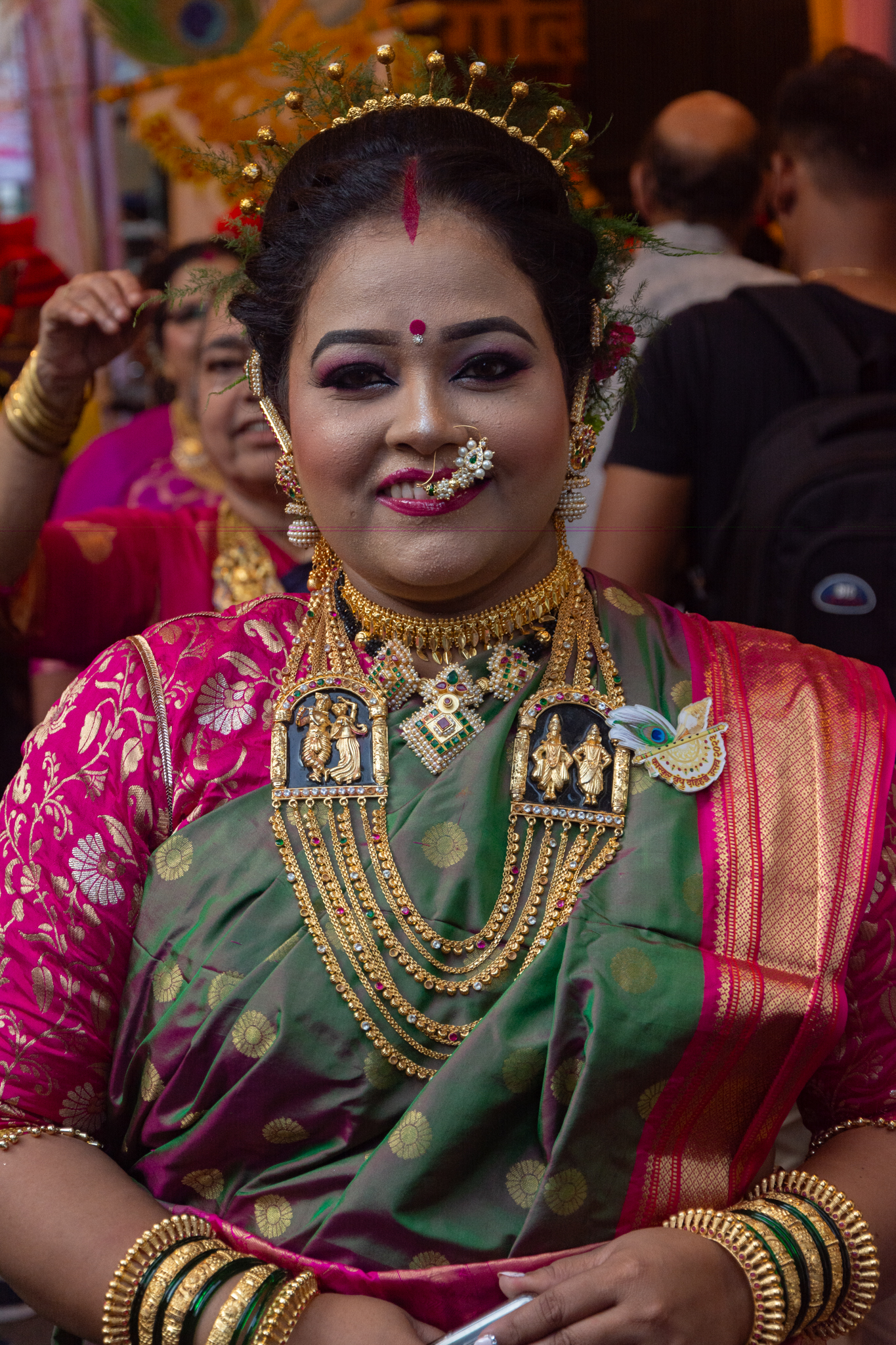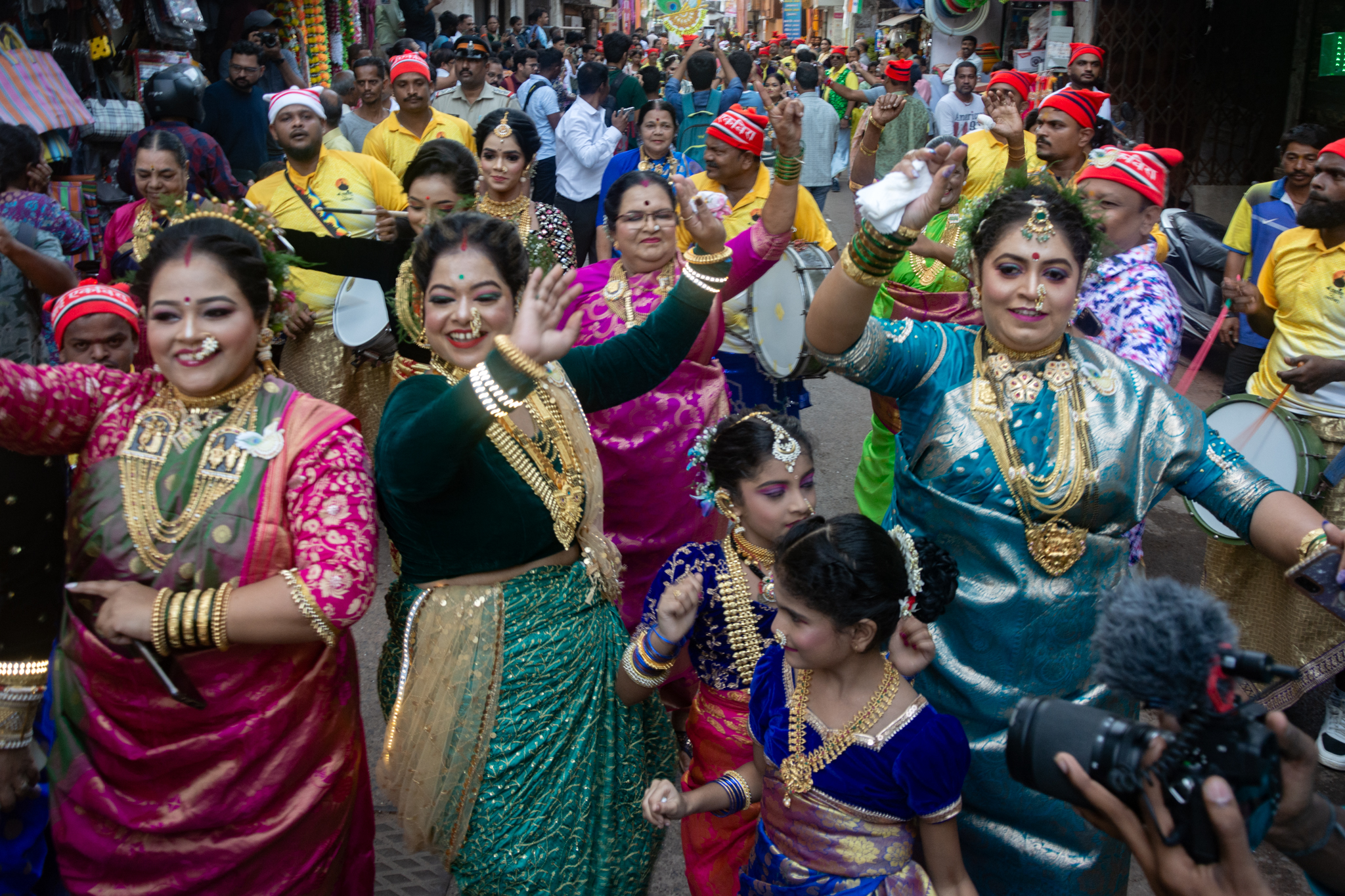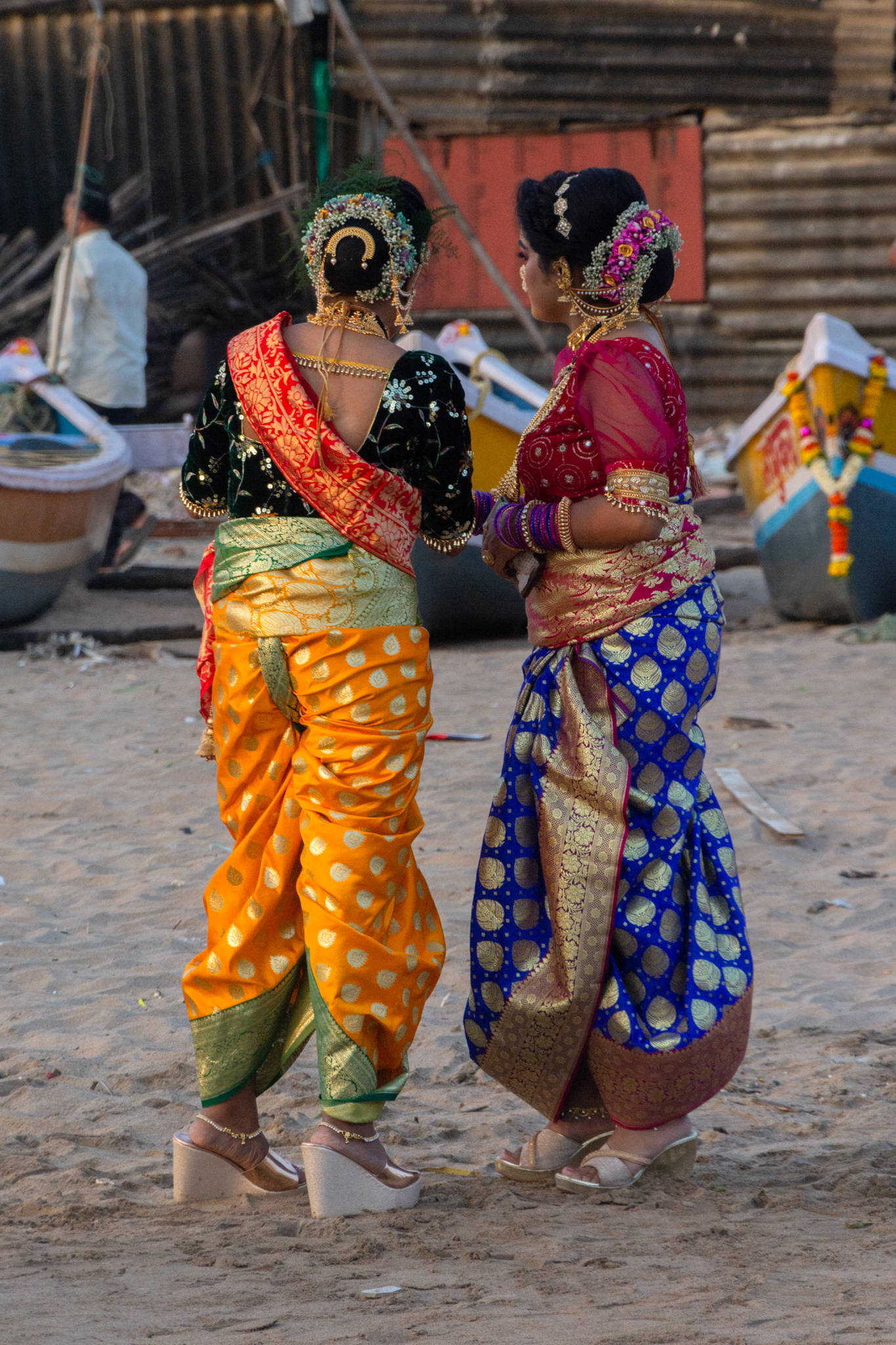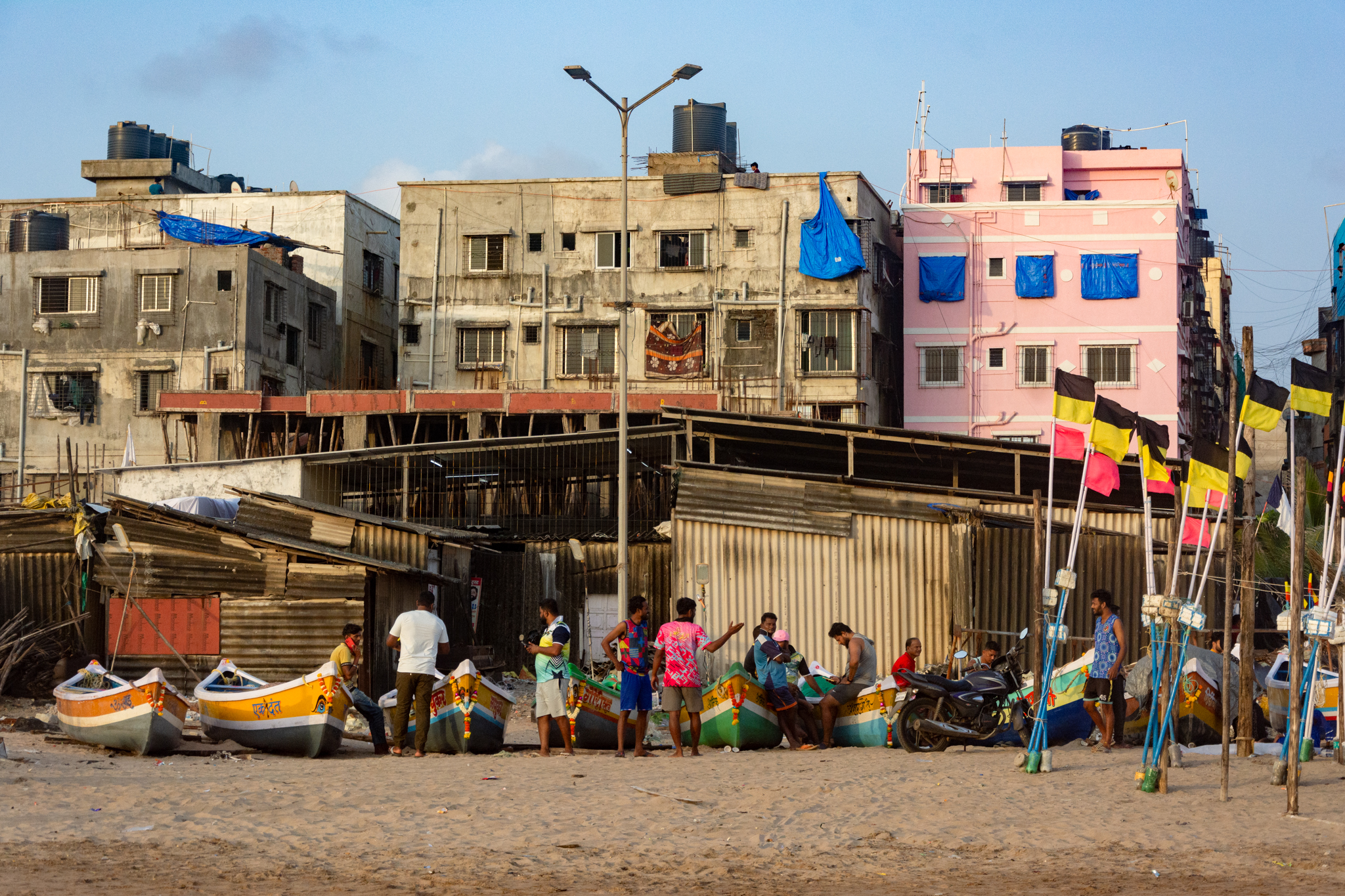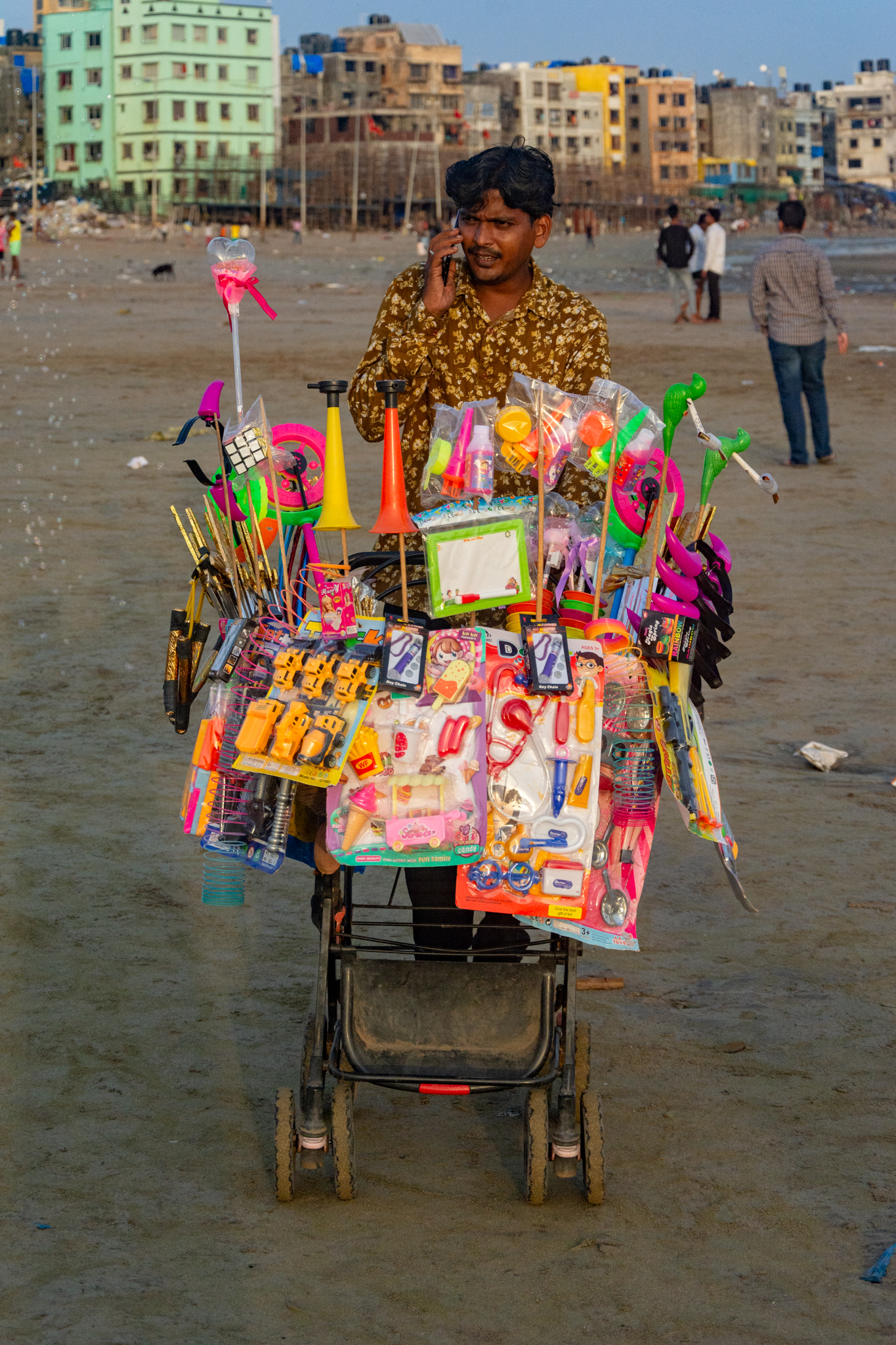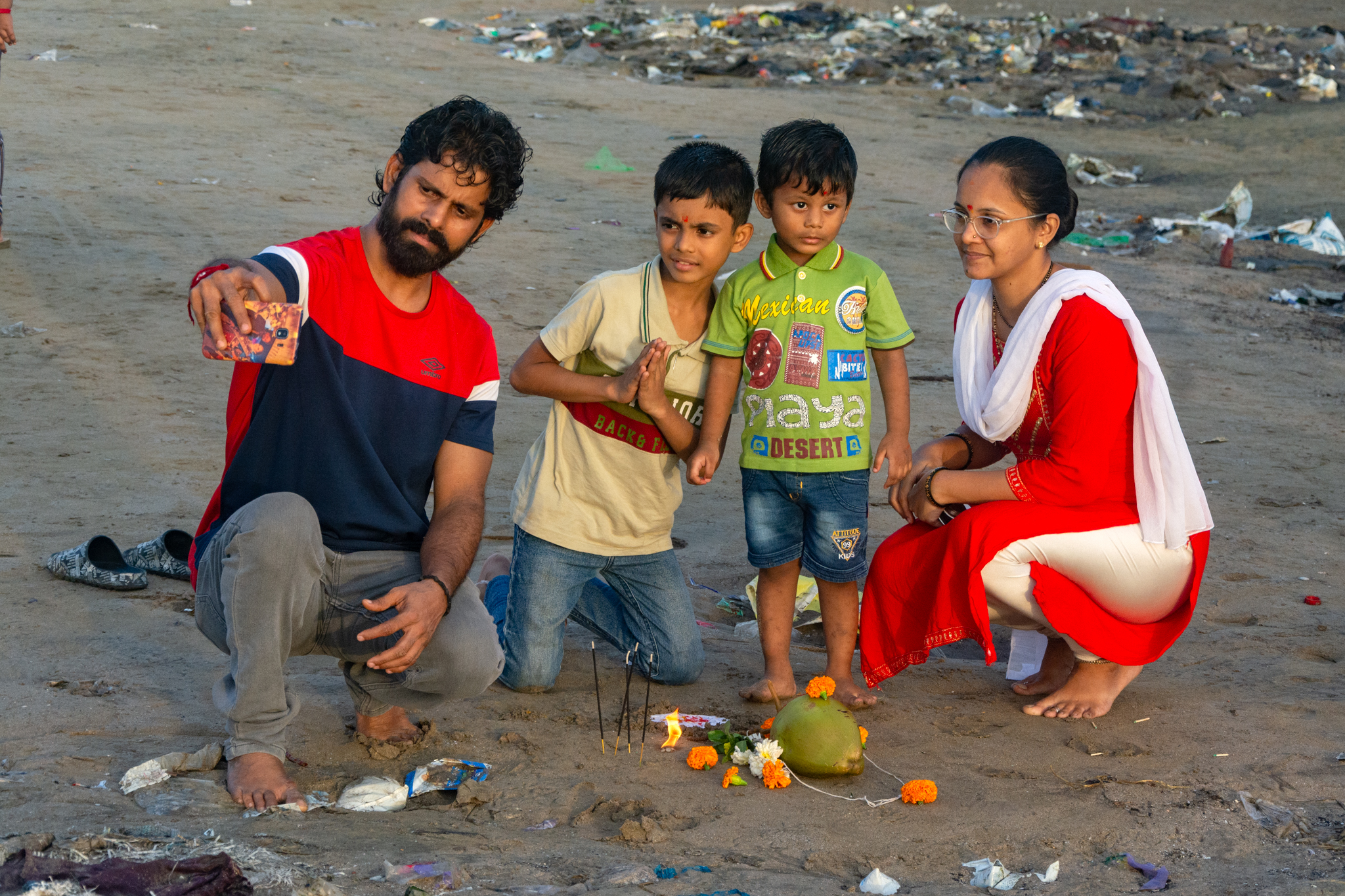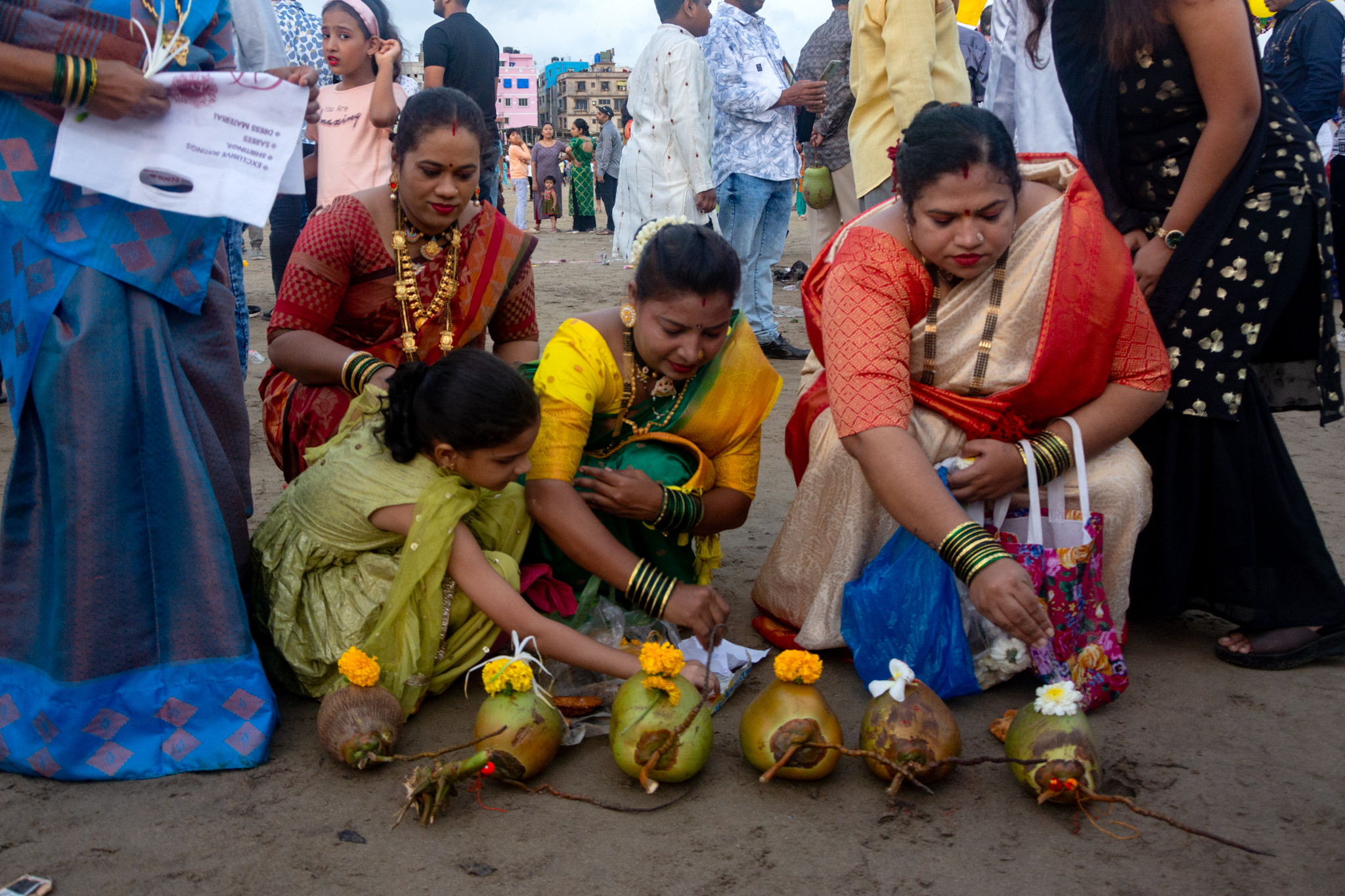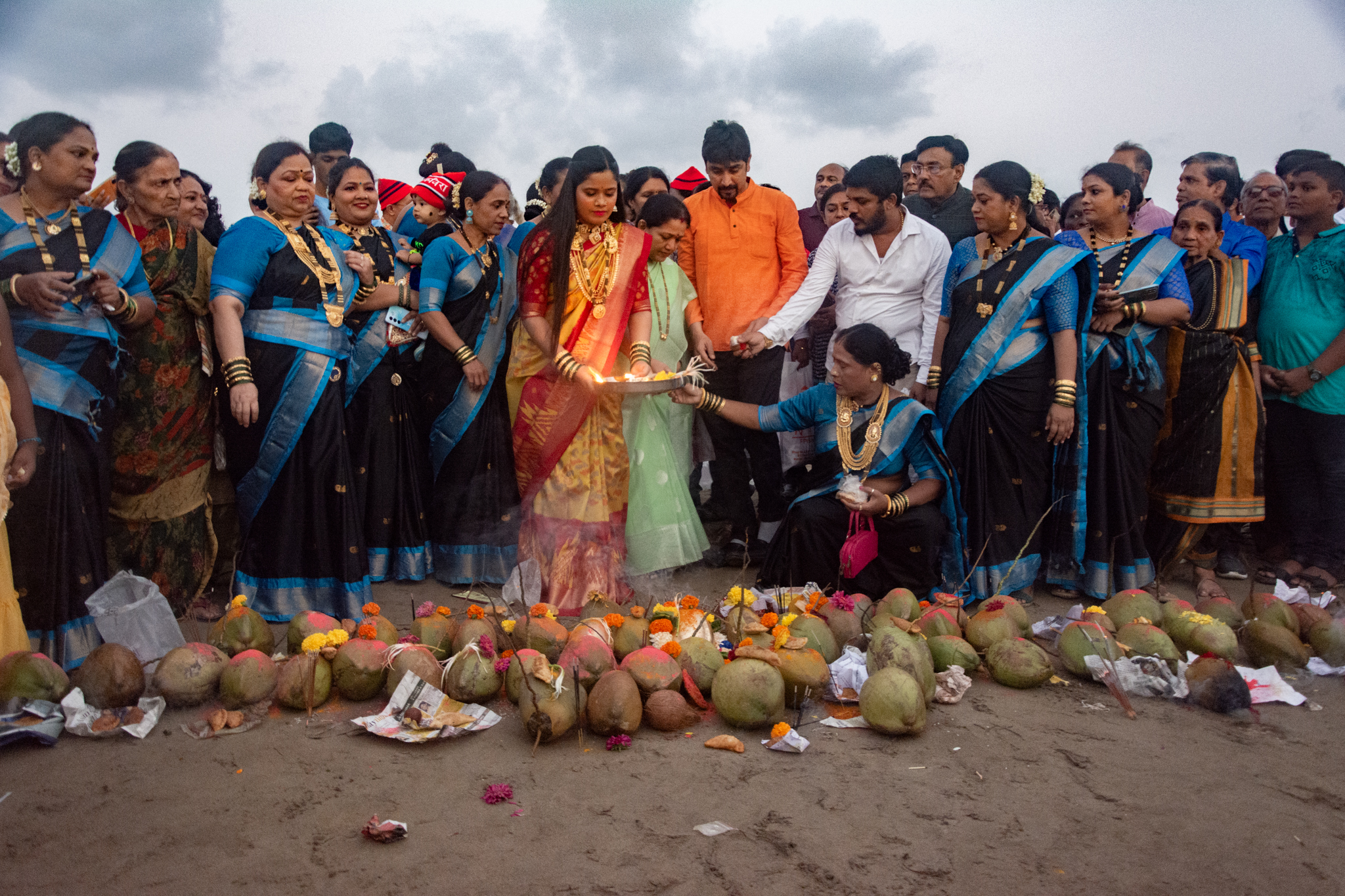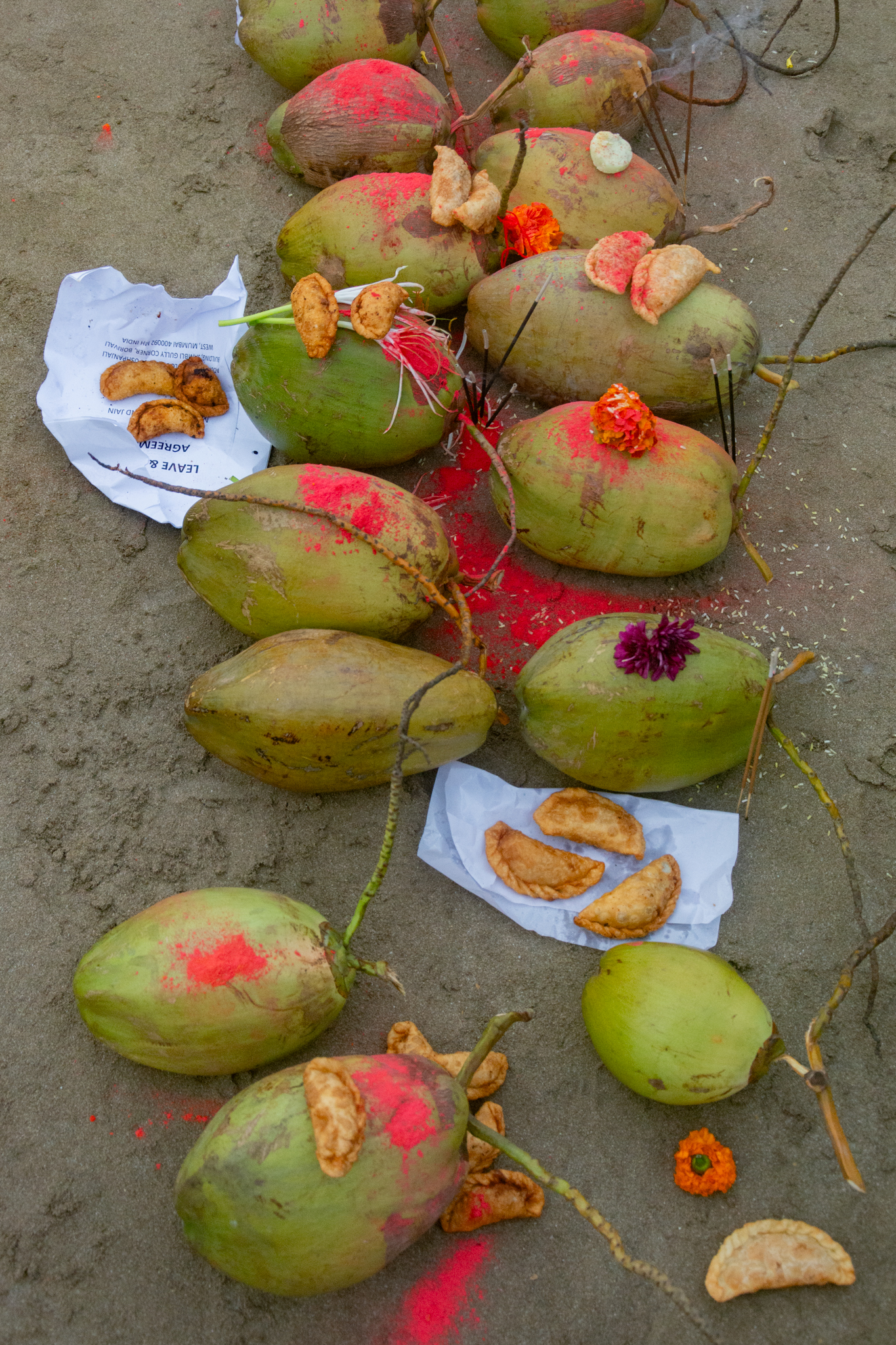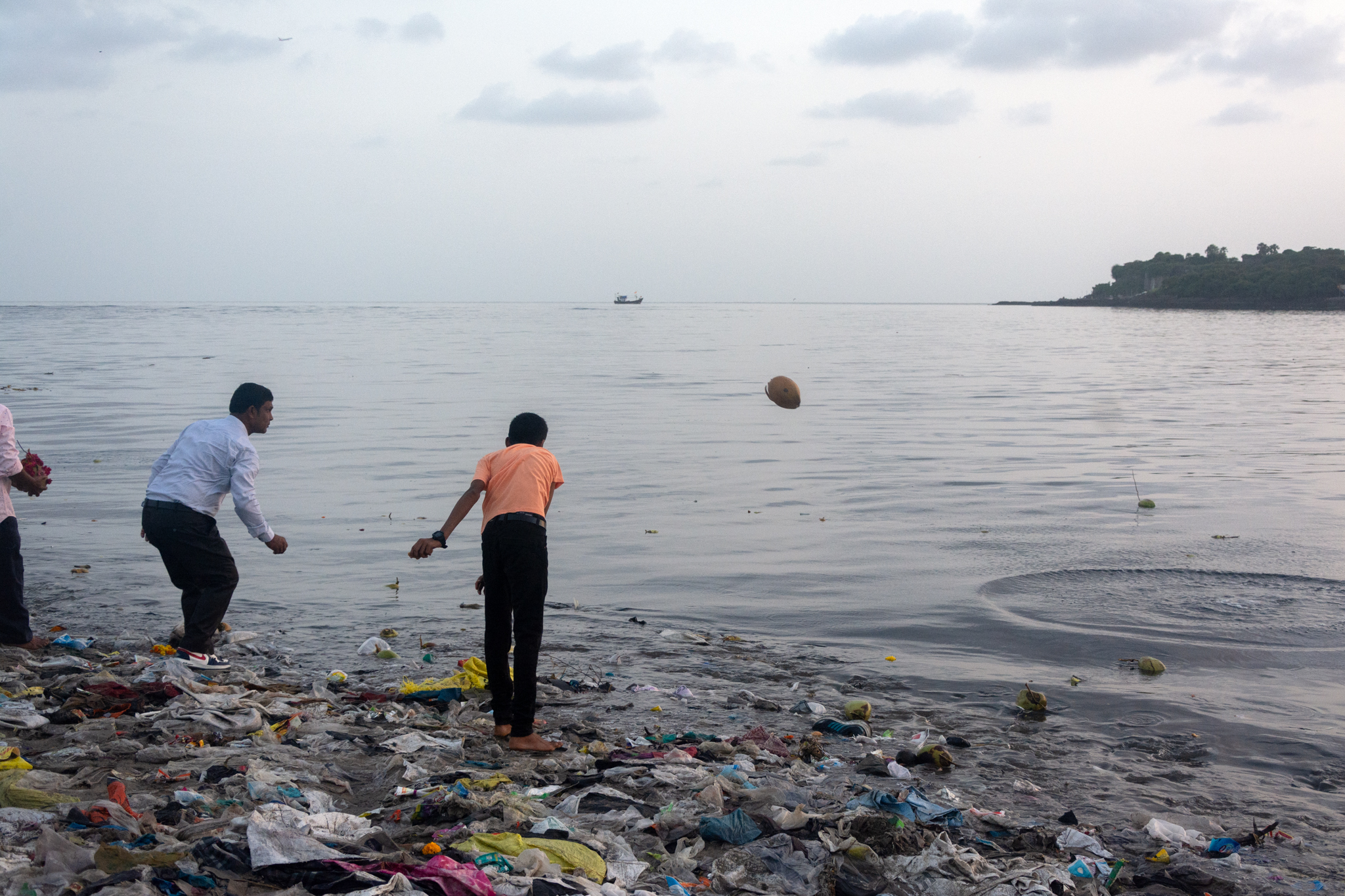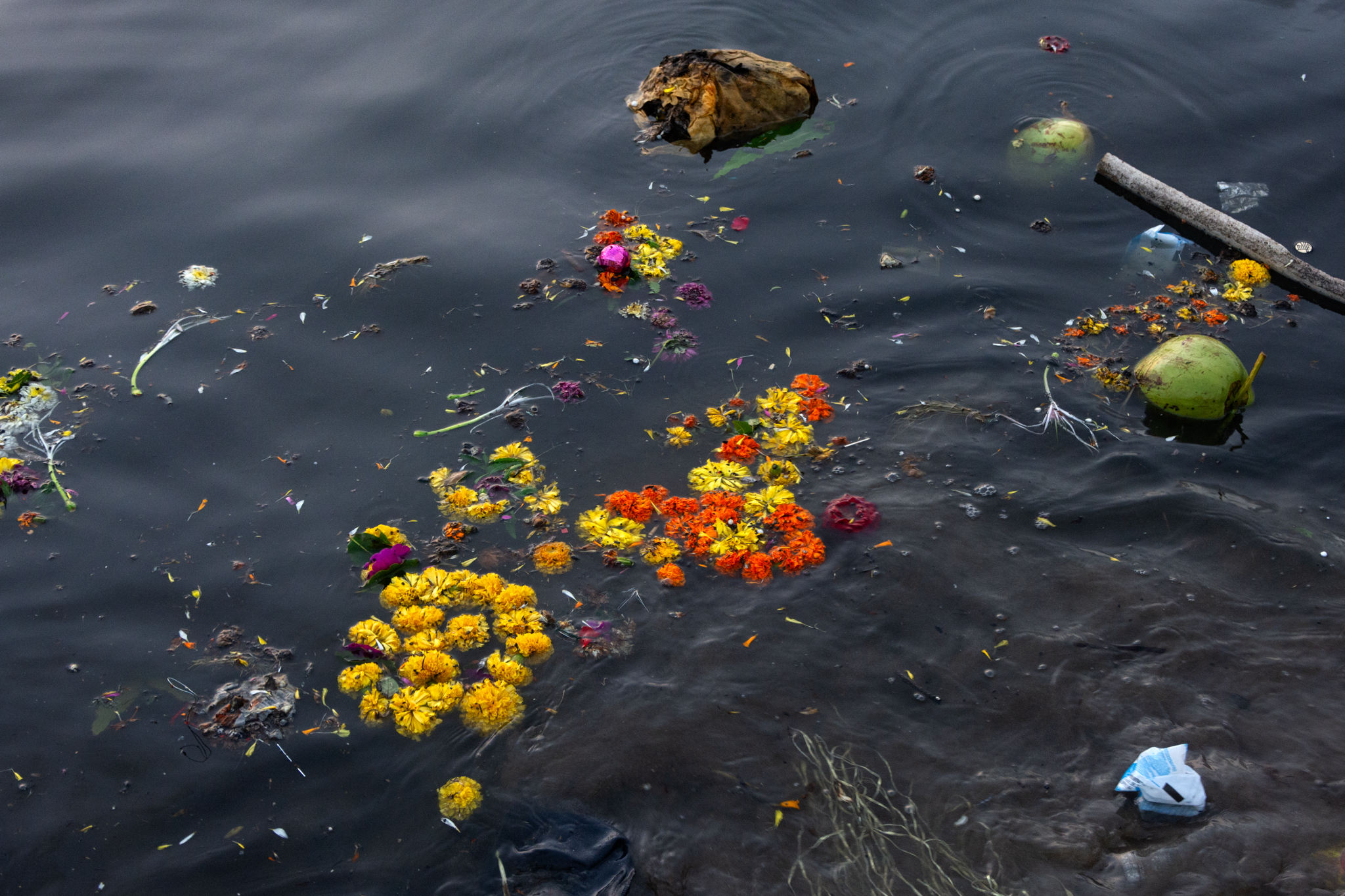Varuna’s Blessings: The Koli Festival of Narali Purnima
By Ayan Ghosh
In Maharashtra, the coconut palm and its fruit are known as naral, or narali, derived from the Tamil word narikel, meaning fibre (nari) obtained from the coconut palm (kelli/keli). The coconut palm is indigenous to South India, from where it originated, along with regions in Island South East Asia and Melanesia, before spreading to other tropical environments. The coconut palm in India holds significant cultural, economic, and symbolic value, deeply influencing the livelihoods and cultural traditions of coastal communities. Due to its ability to survive at sea while sustaining life within its hard shell, the coconut palm is often associated with the kalpavriksha (tree of life or wish-fulfilling divine tree), which emerged from the primal waters during the Samudra Manthana (Churning of the Ocean of Milk), a celestial tug-of-war contest between the devas (gods) and the asuras (evil demigods), described in the Vishnu Purana.
Coastal communities hold the coconut palm in high esteem for its versatile benefits. Commercial use of every part of the coconut tree establishes it as a sustainable agricultural resource and a vital source of livelihood. The dry leaves are used for thatching roofs and making baskets, the trunk for timber, and the husk for coir products. Additionally, the tree produces coconut oil, coconut milk, and coconut water, providing by-products that support various industries and contribute to the local economy. The extensive root systems of coconut palms help stabilise sandy soils and prevent coastal erosion, protecting shorelines from the impacts of waves, tsunamis, and storms. Coconut groves also provide habitats for various species of flora and fauna, contributing to the biodiversity and ecological balance of coastal areas.
Hindus widely use the coconut in religious ceremonies as a symbol of purity, fertility, and prosperity. The coconut water and the kernel inside the shell are believed to be unadulterated and pure, which is why the coconut is considered auspicious. The three dark spots (germination pores) on a coconut shell are also believed to represent the three eyes of Lord Shiva. Another belief is that the three spots represent the Hindu trinity of Brahma (the creator), Vishnu (the preserver), and Shiva (the destroyer). People offer coconuts to the Yajna fire, a sacred fire during a Vedic ritual, as an offering to the devas. People sacrifice them to mark the auspicious beginning of a new relationship (marriage, business venture, etc.) or ownership of new property (buying land, a vehicle, etc.). During griha pravesh, the house-warming ceremony, people place and smash coconuts at the threshold, invoking blessings for the new home.
Coconuts play a central role in Narali Purnima, celebrated by fishing communities living along the western coastline of India, particularly in Maharashtra and Gujarat. The Koli community of Mumbai, primarily fishermen, observes Narali Purnima on the full moon day of Sravana (the fifth month of the Hindu Calendar), which begins in mid-to-late July and concludes in late August, according to the Gregorian calendar. Narali Purnima marks the end of the monsoon season and the beginning of the new fishing season, which is crucial for Kolis and other fishing communities that depend on the sea for their livelihood.
During the monsoon season, there is a government-imposed fishing ban for two months to allow fish populations to breed and regenerate. During this break, some members of the Koli community engage in agricultural activities, as rain-fed crops provide an alternative source of income and sustenance. Others turn to crafting fishing nets, repairing boats, or running small businesses to supplement their income. To prepare for the new season, they apply a fresh coat of paint to the fishing boats and trawlers. On the day of Narali Purnima, married women perform aarti (offering the sacred fire) and apply tika (a mark of red turmeric) to the boats to protect them at sea. Married women mark the beginning of the new season by drawing the sacred swastika sign and decorating the boats with flags, festoons, and floral garlands.
Koli households install the grihadevata (one or multiple deities) in a designated space or shrine. Families hold a special puja (prayer ritual) ceremony for the grihadevata on the day of Narali Purnima, offering sweets and food items as naivedya (sacred food offerings made to deities or nature). Naivedya items, typically prepared from coconut, may include Koli delicacies like narali karanji (half-moon-shaped fried pastry made from grated coconut and jaggery mixed with dry fruits), nariyal ladoo (sweet balls made from grated coconut mixed with jaggery and dry fruits), coconut barfi (sweet made from grated coconut and dry fruits), and narali bhaat (coconut milk mixed with rice and dry fruits). It is believed that the deity partakes of and then returns the offering, thereby consecrating it. After that, people distribute the offering, eat it as prasad (blessed food), and offer it to the sea.
In the days leading to Narali Purnima, the Koli community gathers through various committees to organise cultural programs that promote and preserve their traditions. In places like Versova Koliwada, communities take out processions carrying coconuts placed in a water-filled pot purna kalasha (pot of fertility) lined with mango leaves. The purna kalasha is a symbol of abundance, fertility, and prosperity, used in Hindu ceremonies to bless new beginnings and ventures. In Hindu ceremonies, the purna kalasha is placed in a palki (open litter) or a cart, which then travels through Versova Koliwada to Versova Beach. People dress in traditional Koli attire to sing, dance, and participate in the procession, adding to the festive spirit. When the procession reaches the sea, women perform aarti of the coconuts, stick incense in the sand, and throw the coconuts into the sea.
The coconuts are symbolically offered to Varuna, whom the Kolis call Darya Raja (king of rivers). Varuna is an ancient Vedic god who appears in the Rigveda, the oldest of the four Vedas (sacred texts of Hinduism). He and the God Mitra are the joint upholders, of Rta (the cosmic order), which represents the natural and moral law governing the universe. By upholding Rta, Varuna ensures the stability and harmony of the cosmos and oversees the proper functioning of the universe, from the movement of celestial bodies to the ethical conduct of humans, in accordance with dharma (righteousness). Varuna punishes those who violate tenets of dharma by ensnaring in his pasha (noose). Numerous hymns in the Rigveda are dedicated to Varuna, praising him and invoking his blessings for maintaining the cosmic order.
Varuna is the God of water bodies, including rivers, lakes, seas, and oceans; hence, he is worshipped for protection at sea, particularly to ensure safety on long sea voyages, which Koli fishermen frequently undertake for deep sea fishing. It is noteworthy that while some of the important Rig Vedic deities have retained their primacy, like Agni, the Fire God, who is the central witness in rite-of-passage ceremonies, Varuna has faded over time. Temples dedicated to Varuna are rare, if they exist at all. Instead, people worship large water bodies as the manifestation of the Sea God. In later Hindu texts like the Puranas, Varuna is the guardian deity of the west, one of the Astha-Dikpalas (eight guardians of the directions).
Narali Purnima is a vibrant and culturally rich festival that encapsulates the living spirit of the Koli community and reinforces their bond with the sea. The festival remains a vital part of Koli identity, celebrating their way of life and ensuring the continuity of their traditions for future generations. Narali Purnima attracts many tourists and visitors from different parts of Mumbai, offering them a chance to witness and participate in Koli traditions, as well as gain awareness of the various challenges faced by the community in modern times.
Fishing communities along the western coastline of India, particularly in Maharashtra and Gujarat, celebrate Narali Purnima. In Mumbai, the Koli community celebrates Narali Purnima in places like Versova Koliwada (pictured), among other fishing villages.
Masan Devi receives golden coconuts wrapped in gold foil as offerings for her blessings. The Koli community worships Masan Devi as the guardian deity of Versova Koliwada. The Masan Devi Temple is located in Versova.
Koli homes celebrate Narli Purnima by cleaning, painting, and decorating with toran (floral garlands) hung over the entrances. Some households also make colourful rangoli (decorative patterns) at the entrance.
Various puja rituals feature flowers and floral garlands to decorate the carriages carrying coconuts. People also offer flowers and coconuts to the sea.
Each of the organising committees has its own musical band. These bands playing saxophones, trumpets, drums, cymbals, and various other musical instruments accompany the procession as it makes its way through Versova Koliwada.
Traditionally, people make the purna kalasha (pot of fertility) from metals like copper, brass, silver, or clay. People fill it with water and surround the neck with five or more fresh mango leaves. Nestled among the mango leaves is a whole coconut. Hindu ceremonies use the purna kalasha to symbolise fertility and bless new beginnings.
The procession's centerpiece is a carriage carrying the purna kalasha (pot of fertility). The carriages come in various designs, reflecting the creativity of the community. They can be carts (pictured), palkis (open litters), raths (chariots), or other forms of transport.
Koli women don their finest attire and accessories, such as the Nauvari saree, complemented with heavy sets of jewellery. Men wear the Koli fishermen’s red topi (cap), with a dhoti (wraparound for the lower body) and shirt.
The surkha, a wraparound tied around the lower waist with a triangular pointed front, is worn by young boys.
A Koli woman’s necklace features Radha dancing with Krishna (left) and Vithoba (a form of Lord Vishnu) with his consort Rakhumai (right). In Maharashtra, Vithoba is also known as Vitthala, Panduranga, Pandharinath, Hari, and Narayan. Rakhumai, also known as Rukmini, is an incarnation of the goddess Lakshmi.
During Narali Purnima, Koli women wear ornate versions of the Nauvari saree, often made of silk with motifs such as paisleys, peacocks, and other floral designs. Richly decorated borders and pallus (the end part) add to the elegance and aesthetic appeal of the Nauvari saree.
People clean, paint, and decorate fishing boats with flowers, bright flags, and coconut leaves. A puja (prayer ritual) is performed on the boats to invoke divine blessings for a safe and prosperous fishing season.
People clean, paint, and decorate fishing boats with flowers, bright flags, and coconut leaves. A puja (prayer ritual) is performed on the boats to invoke divine blessings for a safe and prosperous fishing season.
Mobile vendors assemble at Versova Beach to sell various items like masks, toy cars, trumpets, and illuminated wearables, which are very popular with children.
Individual families bring coconuts to Versova Beach by placing them in a kalash (pot) and carrying the pot on their heads. While sea-faring fishing communities primarily observe Narali Purnima as a festival, other communities also offer coconuts to the sea on this auspicious occasion.
A family poses for a selfie at Versova Beach.
Music is an integral part of Koli culture. Generations pass down Koli music, part of the intangible heritage, preserving their oral traditions.
Folk songs sung in Marathi, telling tales of the sea, fishing, and everyday life, accompany the rhythmic movements of the Koli dance.
The procession arrives at Versova Beach, followed by members of the community carrying banners, flags, and puja items.
Narali Purnima promotes communal bonding by bringing families and neighbours together to partake in the rituals and celebrations. The festival remains a vital part of the Koli identity, celebrating their way of life and ensuring the continuity of their traditions for future generations.
During the monsoon season, a government-imposed fishing ban lasts for two months. Fishing resumes on Narali Purnima, with coconuts being offered to mark the auspicious start of the new fishing season.
The rituals of Narali Purnima take place on the beach, where women take turns performing aarti (offering the sacred fire) of the coconuts and stick incense sticks in the sand as part of the puja rituals.
Narali Purnima is celebrated on the purnima (full moon day) of Sravana (the fifth month of the Hindu calendar), which begins in mid-to-late July and ends in late August according to the Gregorian calendar.
Narali Purnima marks the end of the monsoon season and the beginning of the new fishing season, which is of significant importance for Kolis and other fishing communities dependent on the sea for their livelihood.
Sweets and Koli delicacies, such as narali karanji (half-moon-shaped fried pastry made from grated coconut and jaggery mixed with dry fruits) and nariyal ladoo (sweet balls made from grated coconut mixed with jaggery and dry fruits), are offered as naivedya (sacred food offerings made to deities or nature). Typically, people prepare the items from coconut. Some naivedya items are also offered to the sea.
The coconut, symbolising life and fertility, is tossed into the sea as an offering to the Sea God Varuna, whom the Kolis call Darya Raja (king of rivers).
Kolis fishermen offer prayers to Darya Raja or Varuna to ensure safety on long sea voyages, which is essential for carrying out deep-sea fishing and maritime trade.

